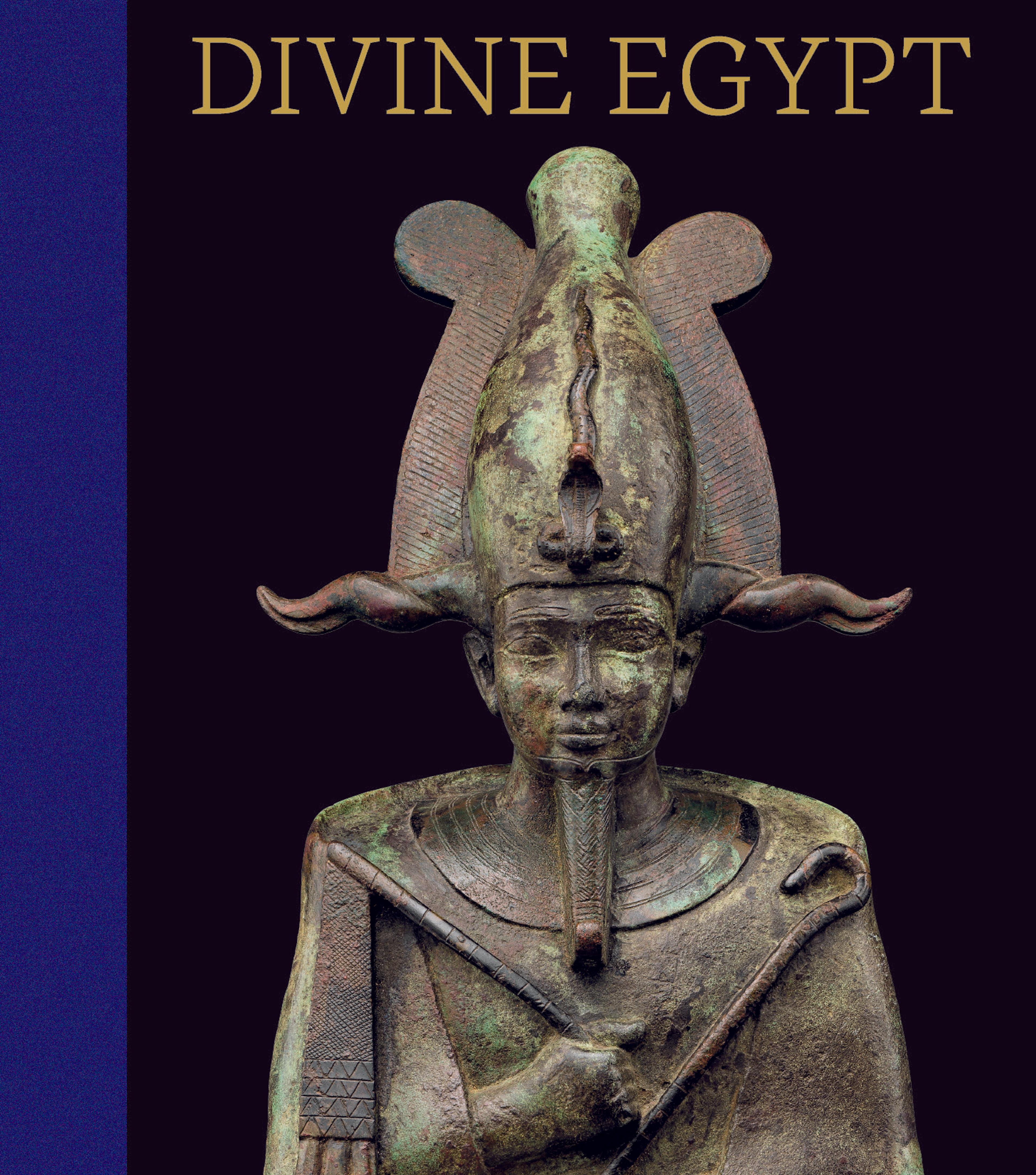Stela of Horemkhauef
Horemkhauef lived in the southern Egyptian town of Hierakonpolis at the very end of the Middle Kingdom, shortly before the capital city of Lisht, along with the rest of northern Egypt, was abandoned to the Hyksos. He was an official in charge of the measurement of fields for
purposes of taxation, but he also served as priest in the local temple of Horus, the patron god of Hierakonpolis.
Horemkhauef's stela, erected in his tomb, is unusual for its description of a mission on which he was sent to the capital to bring back for this temple a cult statue of Horus and Isis, which had been crafted in the royal workshops. The stela itself was made in Hierakonpolis, as indicated
by its relatively unpolished style and spelling.
purposes of taxation, but he also served as priest in the local temple of Horus, the patron god of Hierakonpolis.
Horemkhauef's stela, erected in his tomb, is unusual for its description of a mission on which he was sent to the capital to bring back for this temple a cult statue of Horus and Isis, which had been crafted in the royal workshops. The stela itself was made in Hierakonpolis, as indicated
by its relatively unpolished style and spelling.
Artwork Details
- Title:Stela of Horemkhauef
- Period:Middle Kingdom
- Dynasty:early Dynasty 13
- Date:ca. 1802–1640 BCE
- Geography:From Egypt, Southern Upper Egypt, Hierakonpolis (Nekhen), Tomb of Haremkhauef, MMA excavations, 1934–35
- Medium:Limestone, paint
- Dimensions:H. 58 × W. 35 × D. 15 cm, 30 kg (22 13/16 × 13 3/4 × 5 7/8 in., 66.2 lb.)
- Credit Line:Rogers Fund, 1935
- Object Number:35.7.55
- Curatorial Department: Egyptian Art
More Artwork
Research Resources
The Met provides unparalleled resources for research and welcomes an international community of students and scholars. The Met's Open Access API is where creators and researchers can connect to the The Met collection. Open Access data and public domain images are available for unrestricted commercial and noncommercial use without permission or fee.
To request images under copyright and other restrictions, please use this Image Request form.
Feedback
We continue to research and examine historical and cultural context for objects in The Met collection. If you have comments or questions about this object record, please contact us using the form below. The Museum looks forward to receiving your comments.
